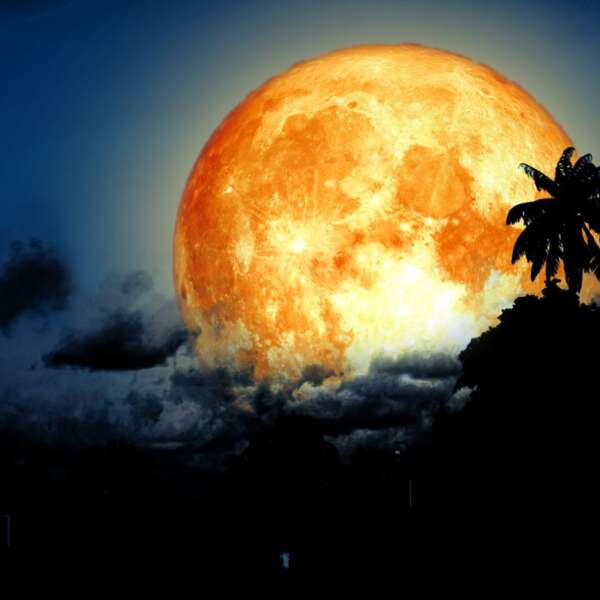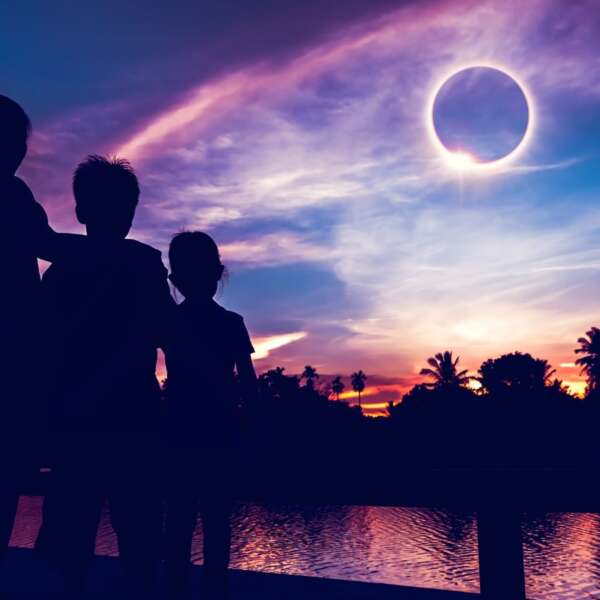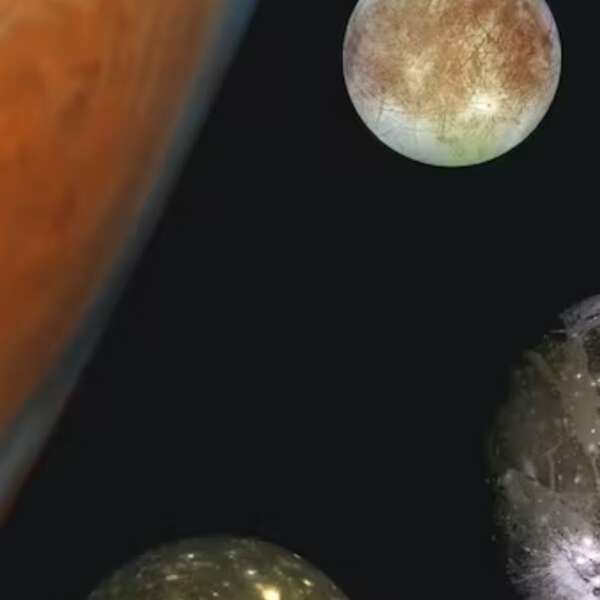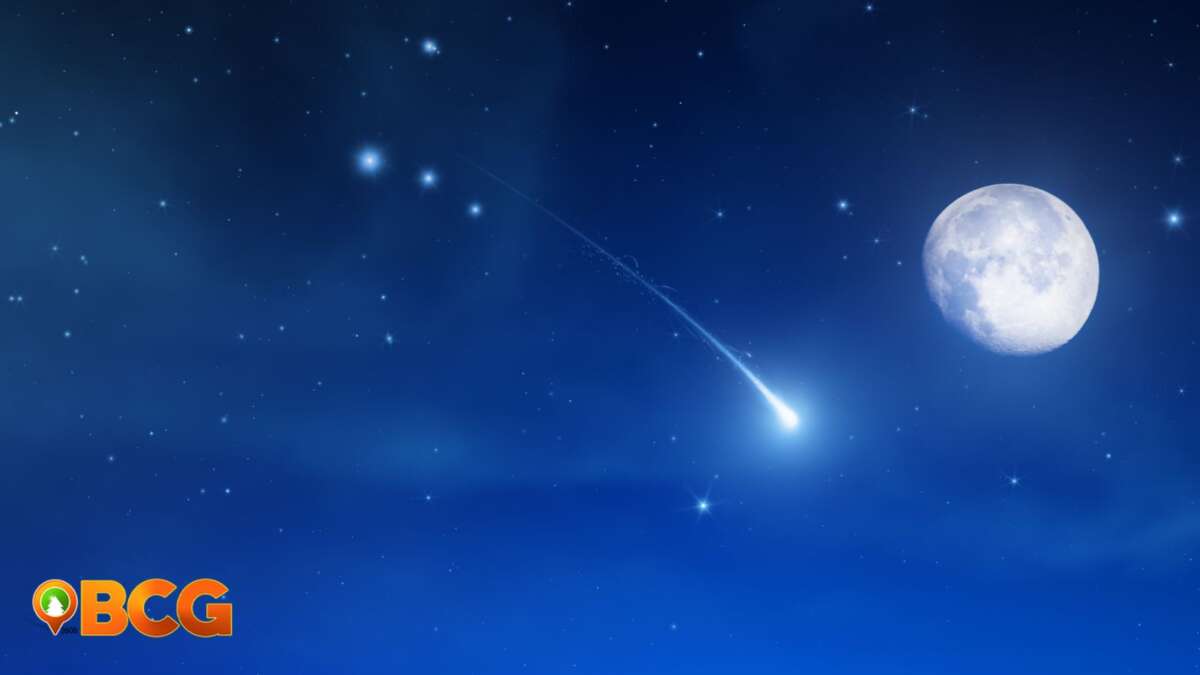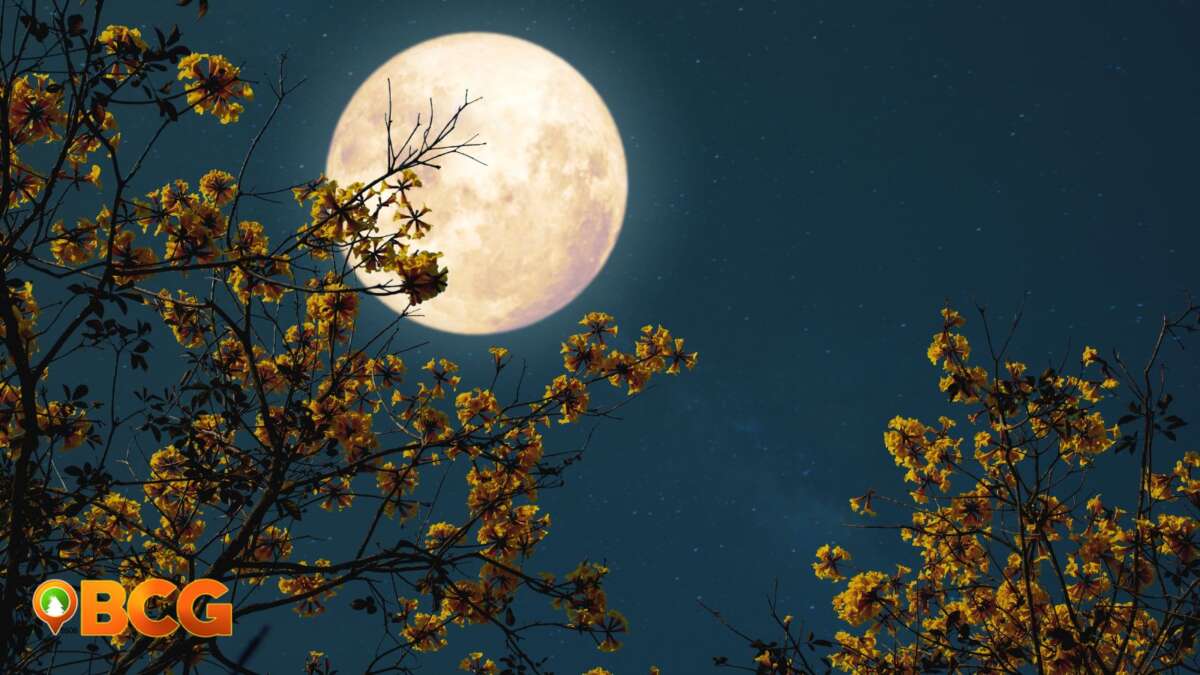For The First Time, Lightning ”Sprites” Detected on Jupiter says NASA
According to the National Aeronautics and Space Administration (NASA), the new result of the agency’s Juno Mission to Jupiter may have detected either “Sprites” or “Elves” dancing in the largest planet in the solar system’s upper atmosphere. And, the occurrence of these flashing lights at Jupiter was predicted by several previously published studies.
“Sprites” and “Elves”
In NASA’s statement, “Sprites” are bright, unpredictable, and extremely brief flashes of light and these are formally known as Transient Luminous Events (TLE’s).
More about “Sprites”:
- Named after a mischievous, quick-witted character in English folklore.
- Sprites are transient luminous events triggered by lightning discharges from thunderstorms far below.
- On Earth, they occur up to 60 miles above intense, towering thunderstorms and brighten a region of the sky tens of miles across, yet last only a few milliseconds.
- Almost resembling a jellyfish, sprites feature a central blob of light with long tendrils extending both down toward the ground and upward.
More About “Elves”
- “Elves” or Emission of Light and Very Low Frequency perturbations due to Electromagnetic Pulse Sources appear as a flattened disk glowing in Earth’s upper atmosphere.
- They brighten the sky for mere milliseconds but can grow larger than sprites – up to 200 miles across on Earth.

The lightning phenomenon known as a sprite depicted at Jupiter in this illustration. Jupiter’s hydrogen-rich atmosphere would likely make them appear blue. In Earth’s upper atmosphere, the presence of nitrogen gives them a reddish color. Source: NASA/JPL-Caltech/SwRI
Distinctive Color
In addition, the colors of “Sprite” and “Elves” are distinctive. According to Giles, a Juno scientist and the lead author of the paper:
On Earth: Sprites and Elves appear reddish in color due to their interaction with nitrogen in the upper atmosphere.
On Jupiter: The upper atmosphere mostly consists of hydrogen, so they would likely appear either blue or pink.”
First Time to be Observed in Another World
NASA has stated that these flashes of light were observed for the first time in another world. In addition, according to NASA, these flashes of light occur on Earth above towering thunderstorms.
“UVS was designed to characterize Jupiter’s beautiful northern and southern lights,”
“But we discovered UVS images that not only showed Jovian aurora, but also a bright flash of UV light over in the corner where it wasn’t supposed to be. The more our team looked into it, the more we realized Juno may have detected a TLE on Jupiter.”
-Giles, a Juno scientist.
Full Findings
The full findings were published in the Journal of Geophysical Research: Planets on October 27, 2020.
Source: NASA


